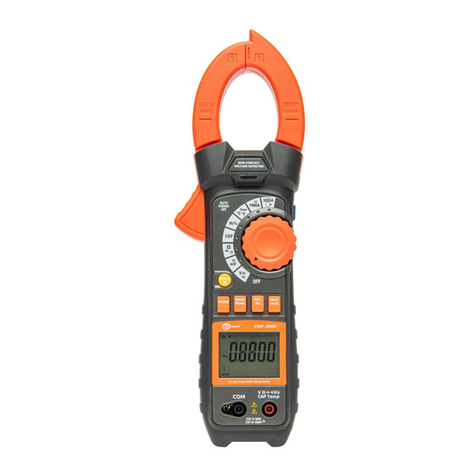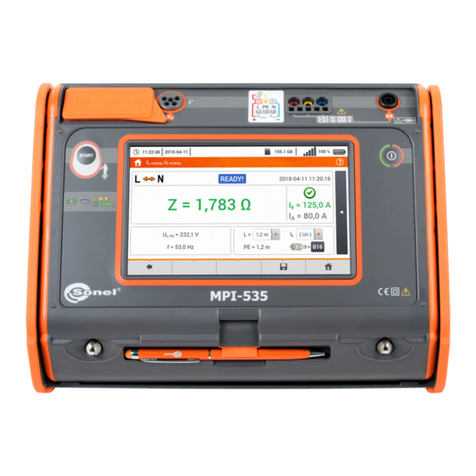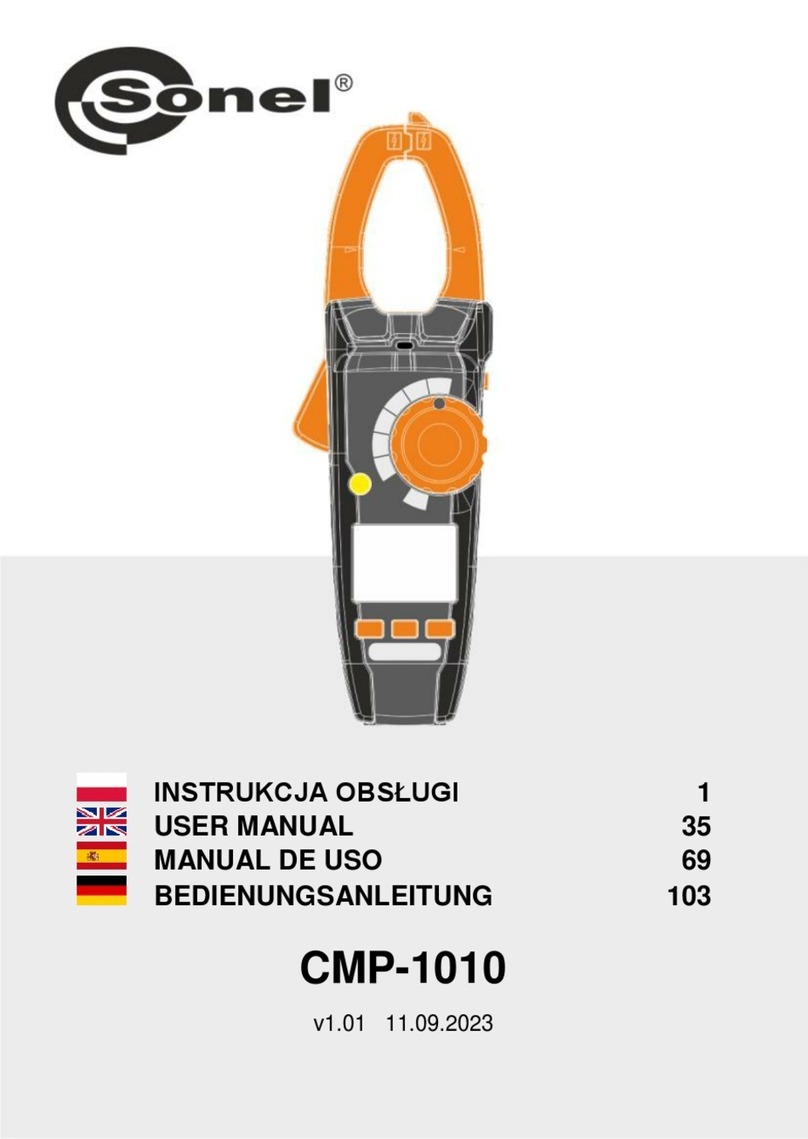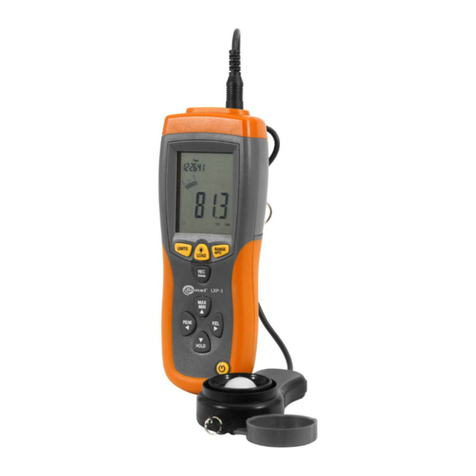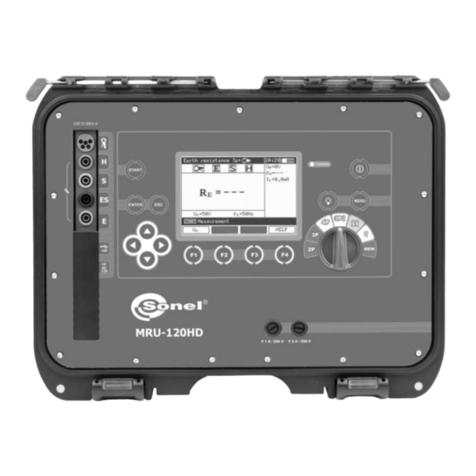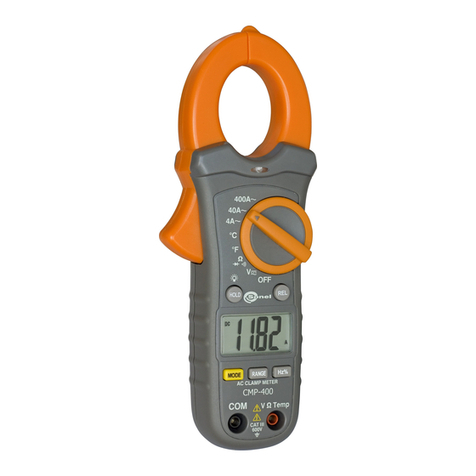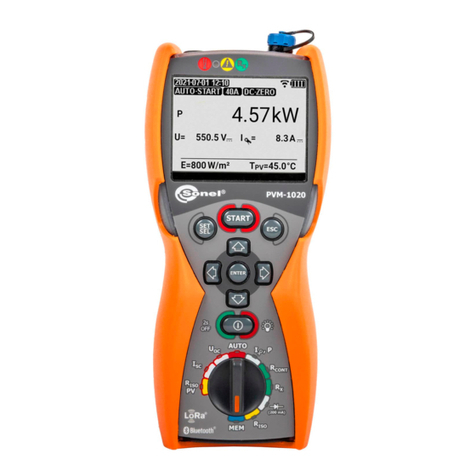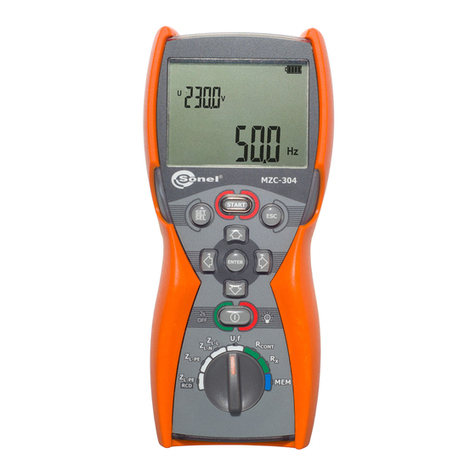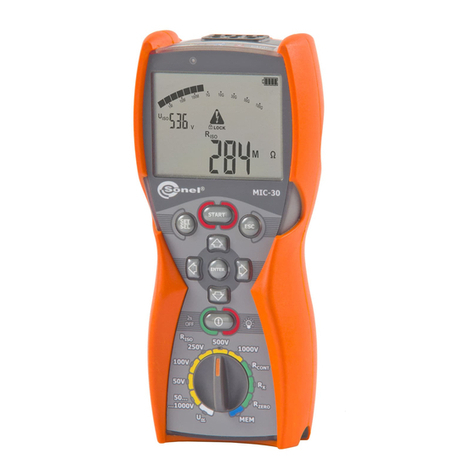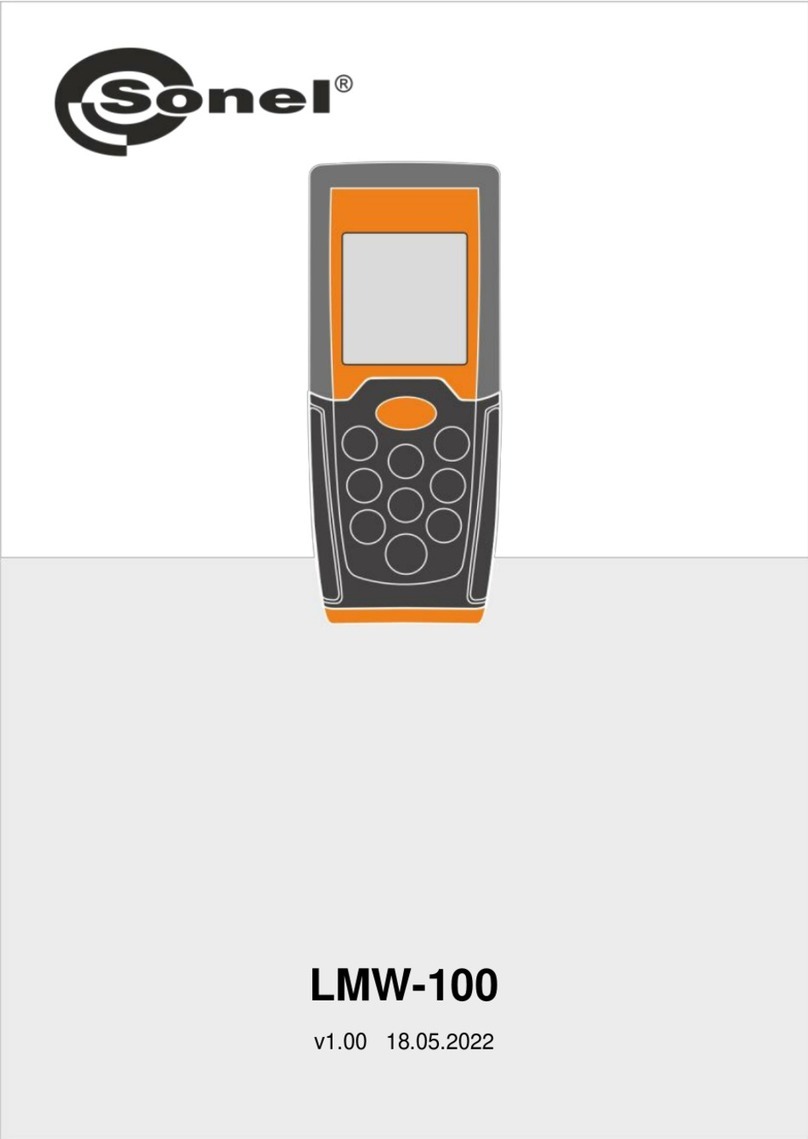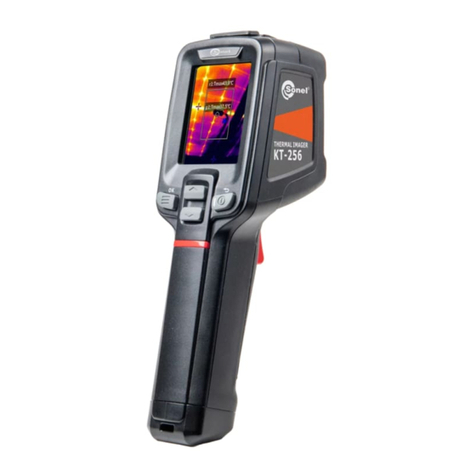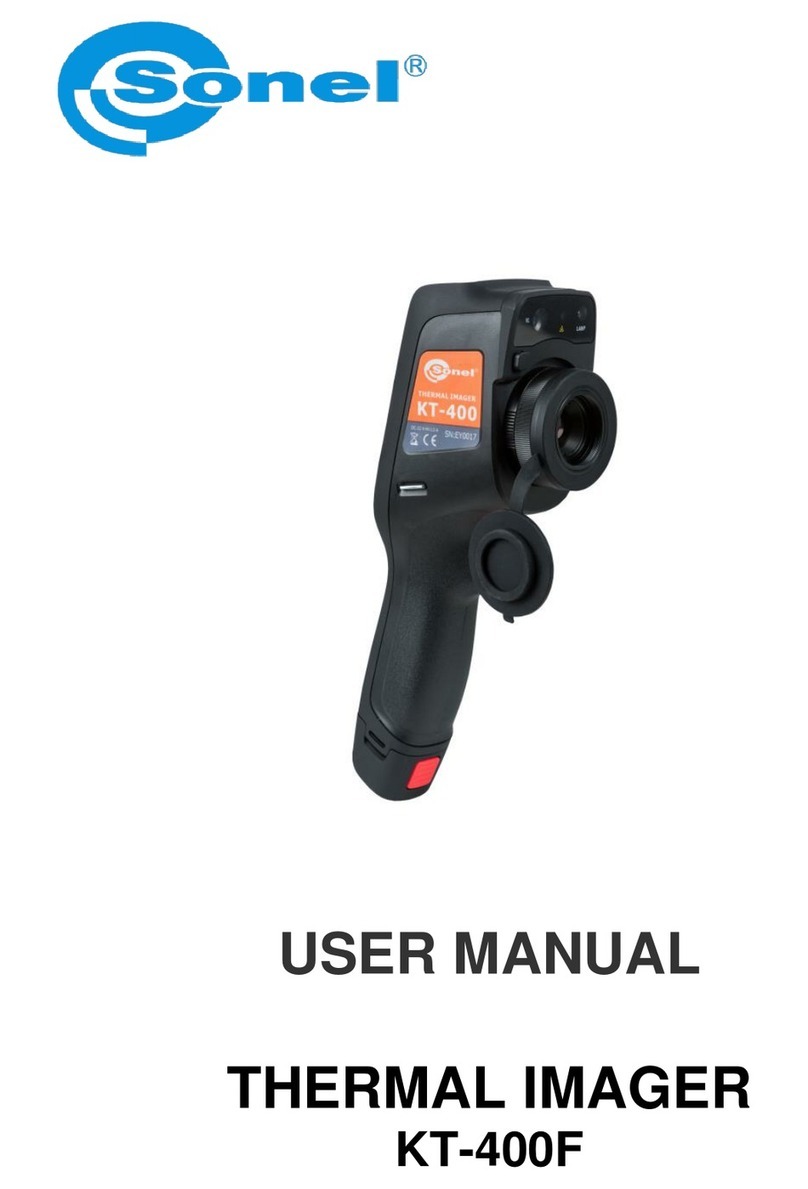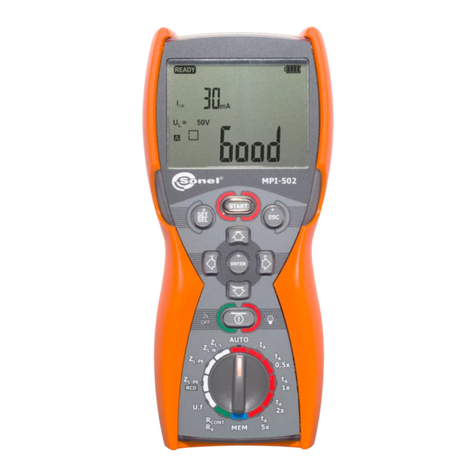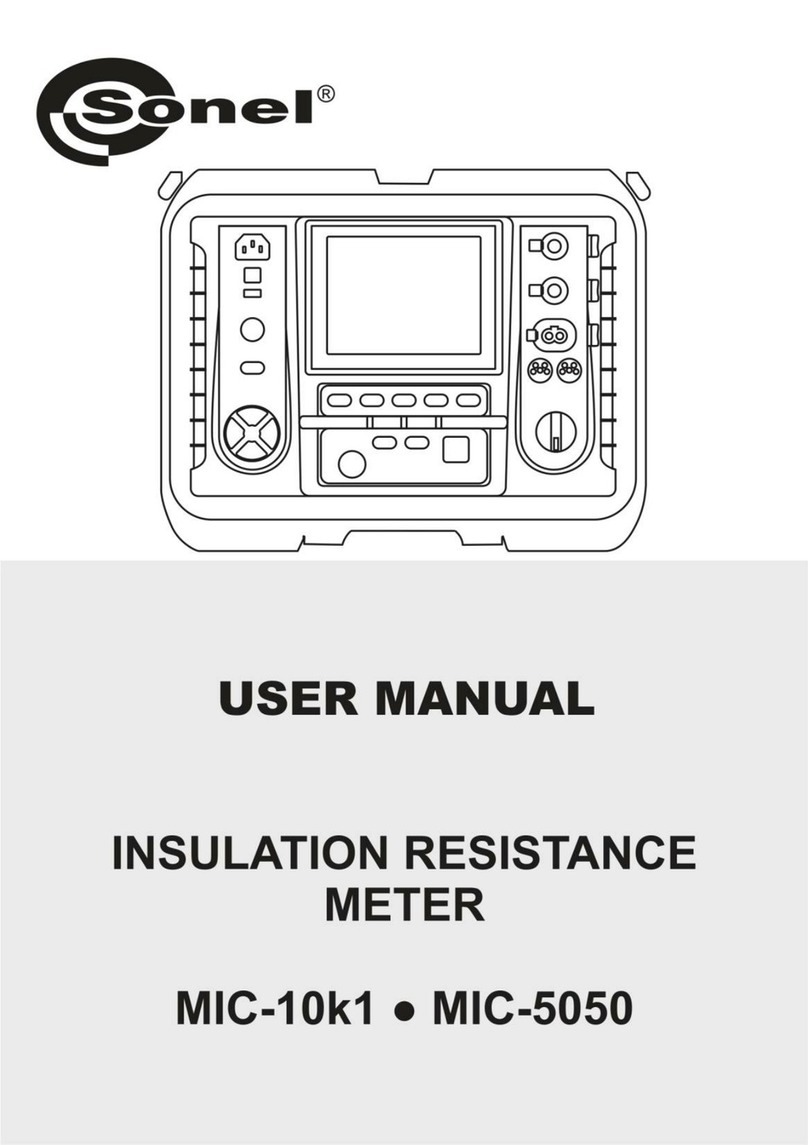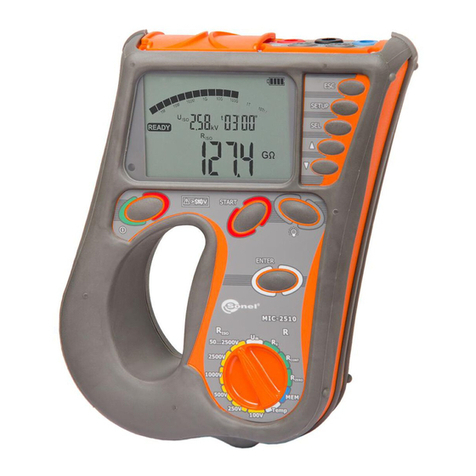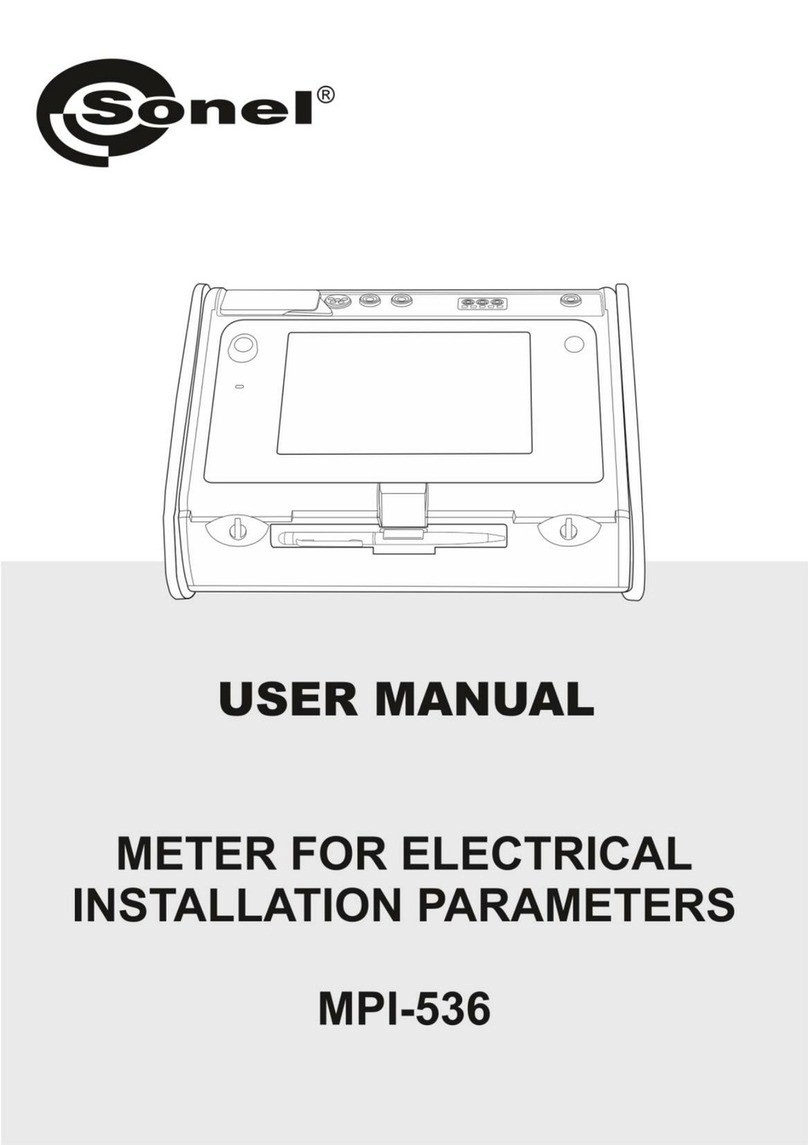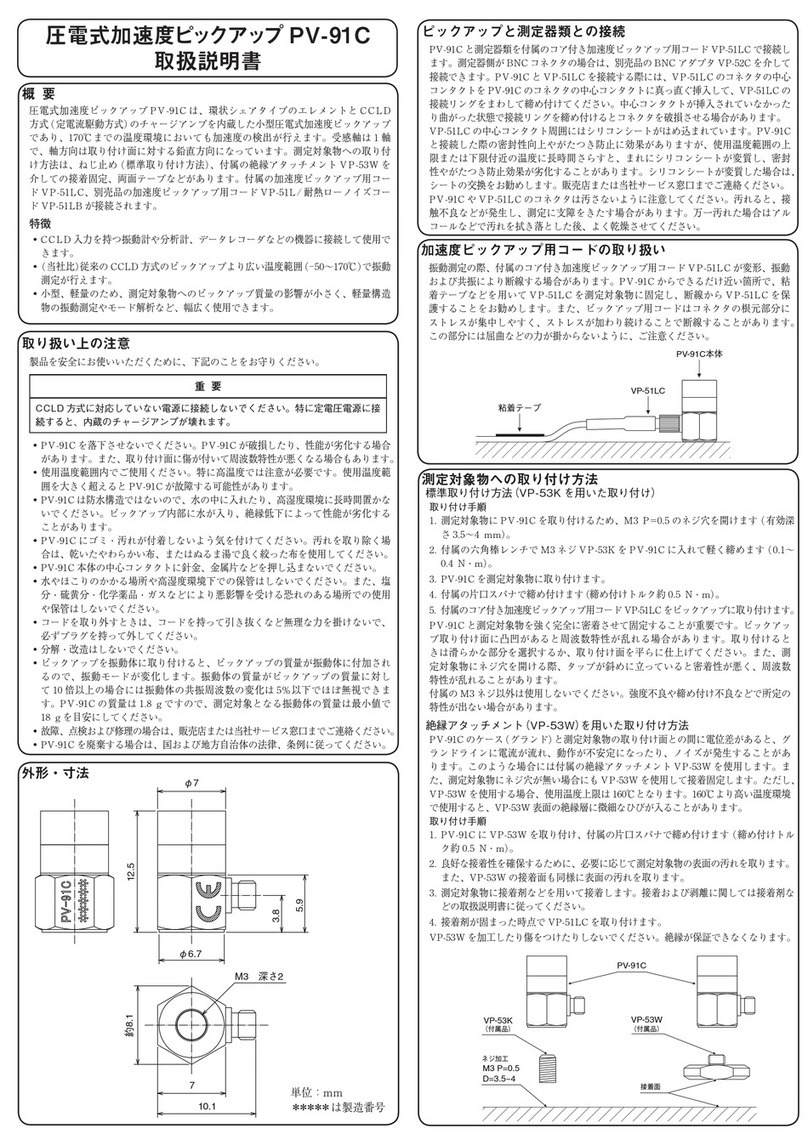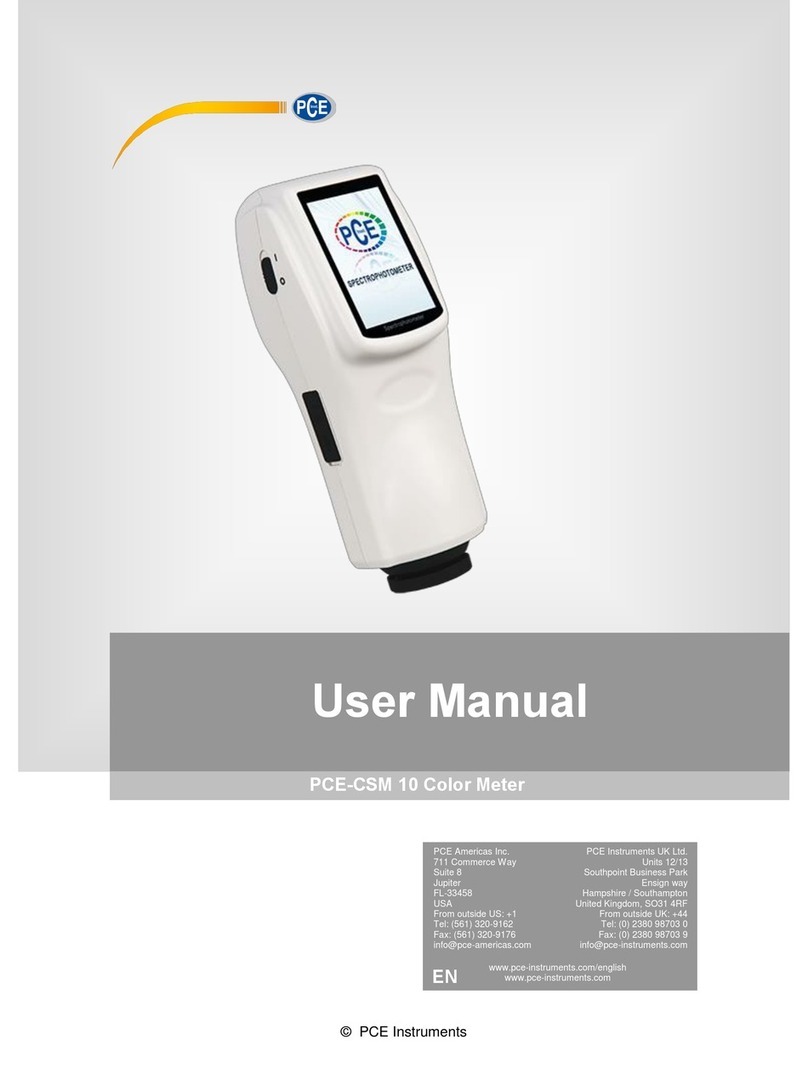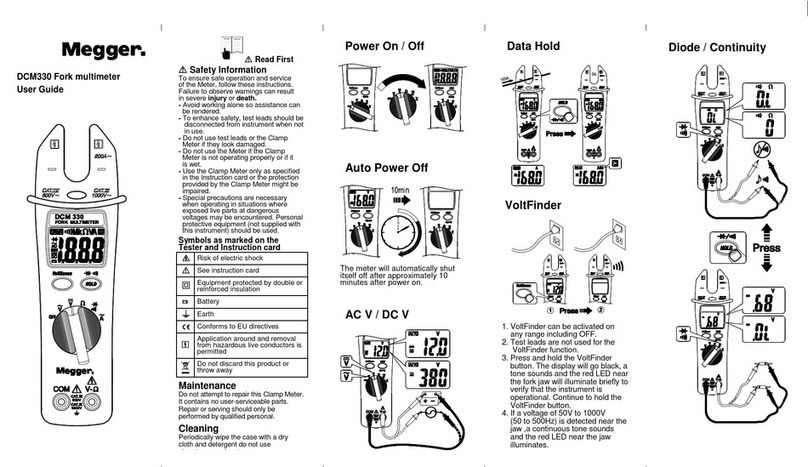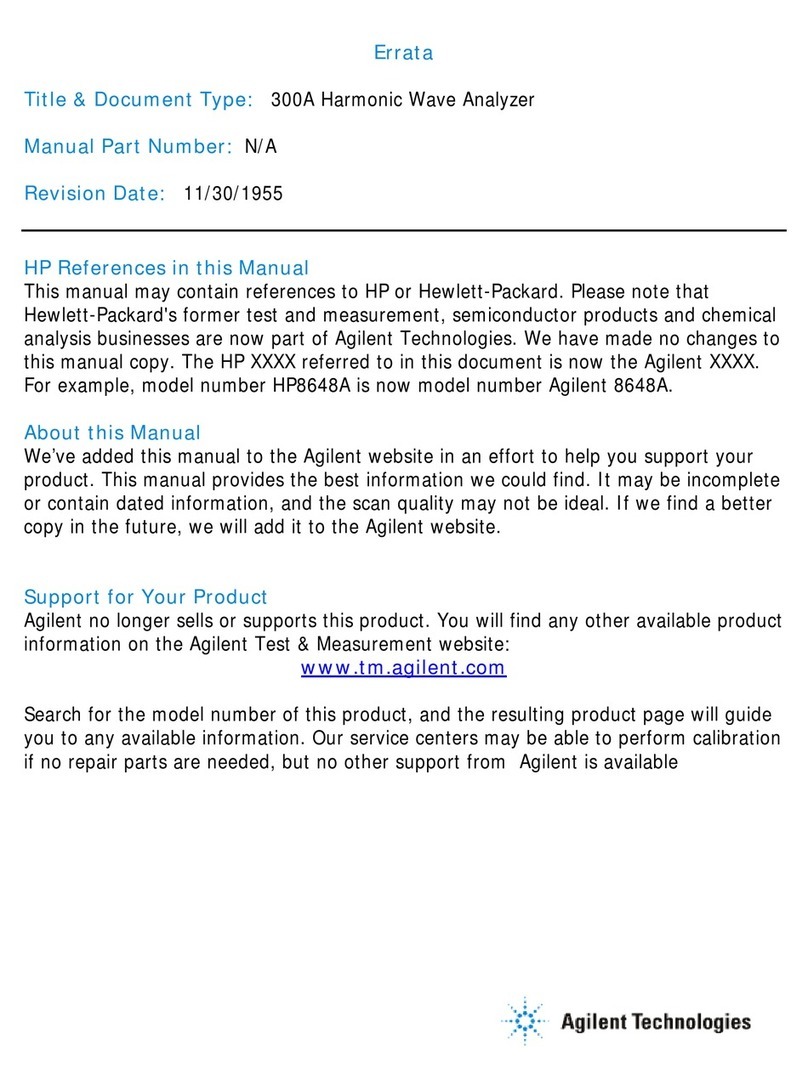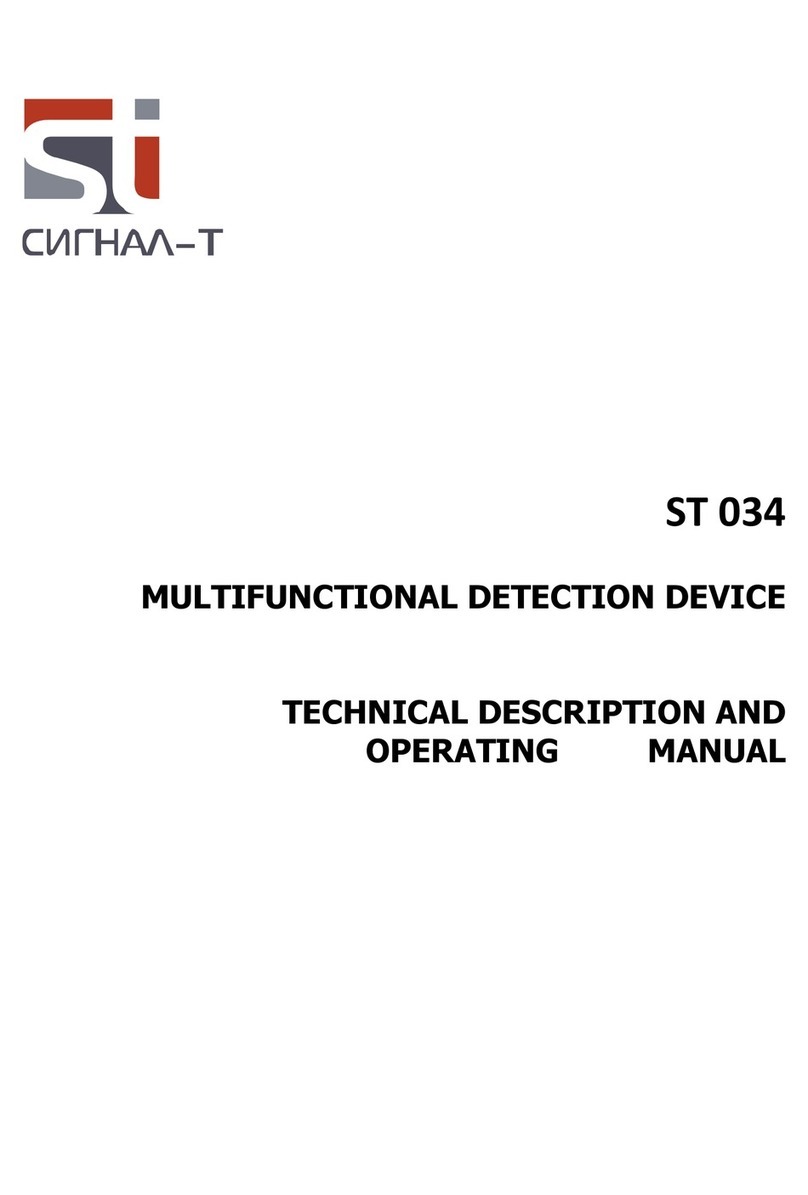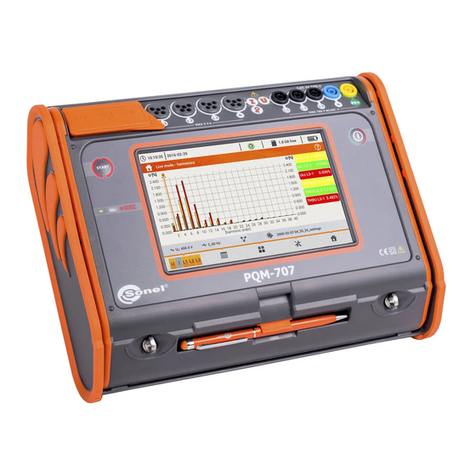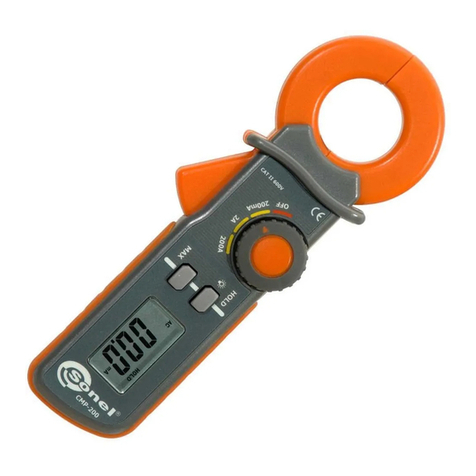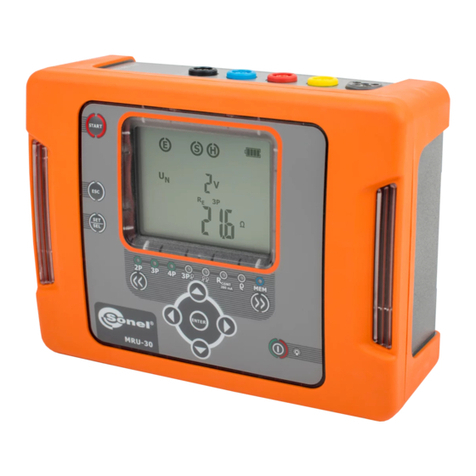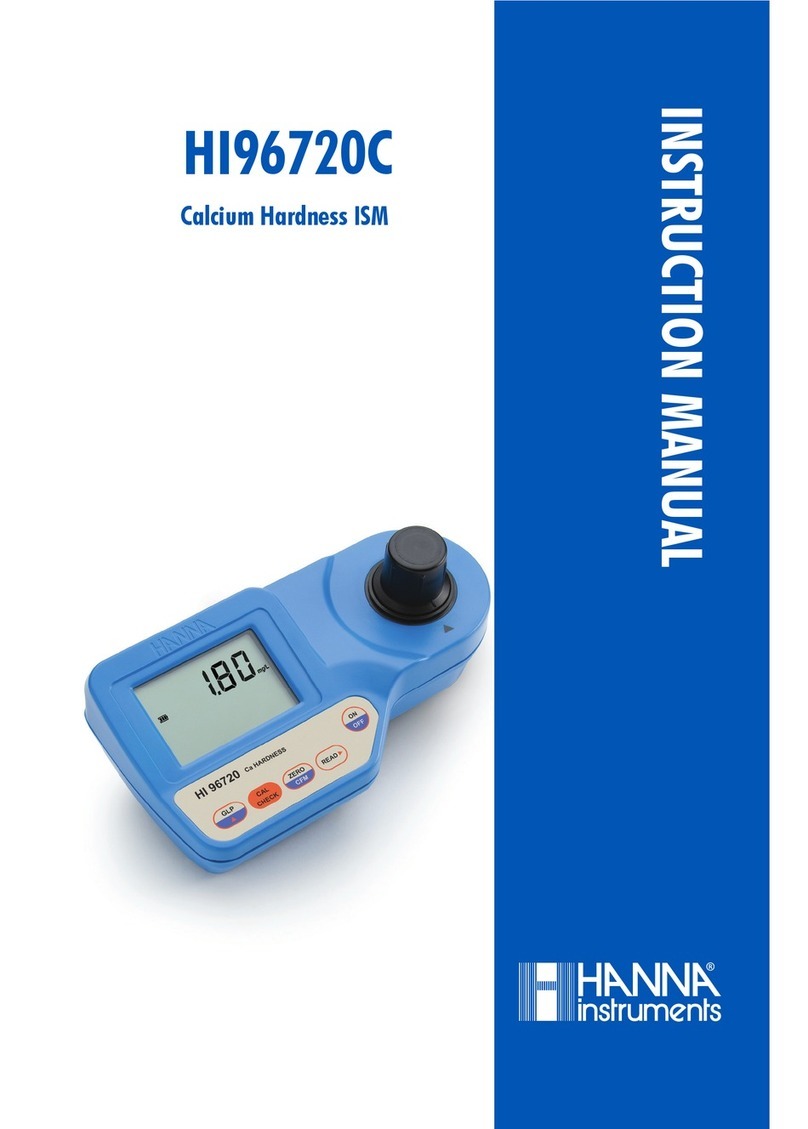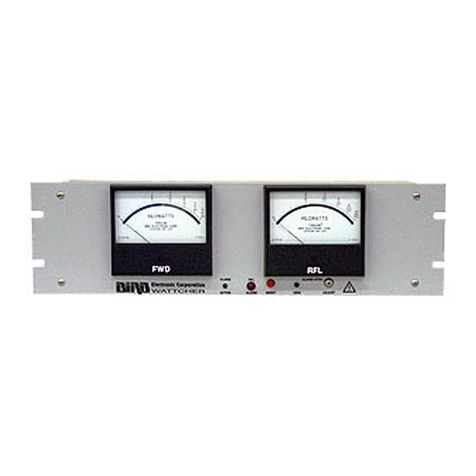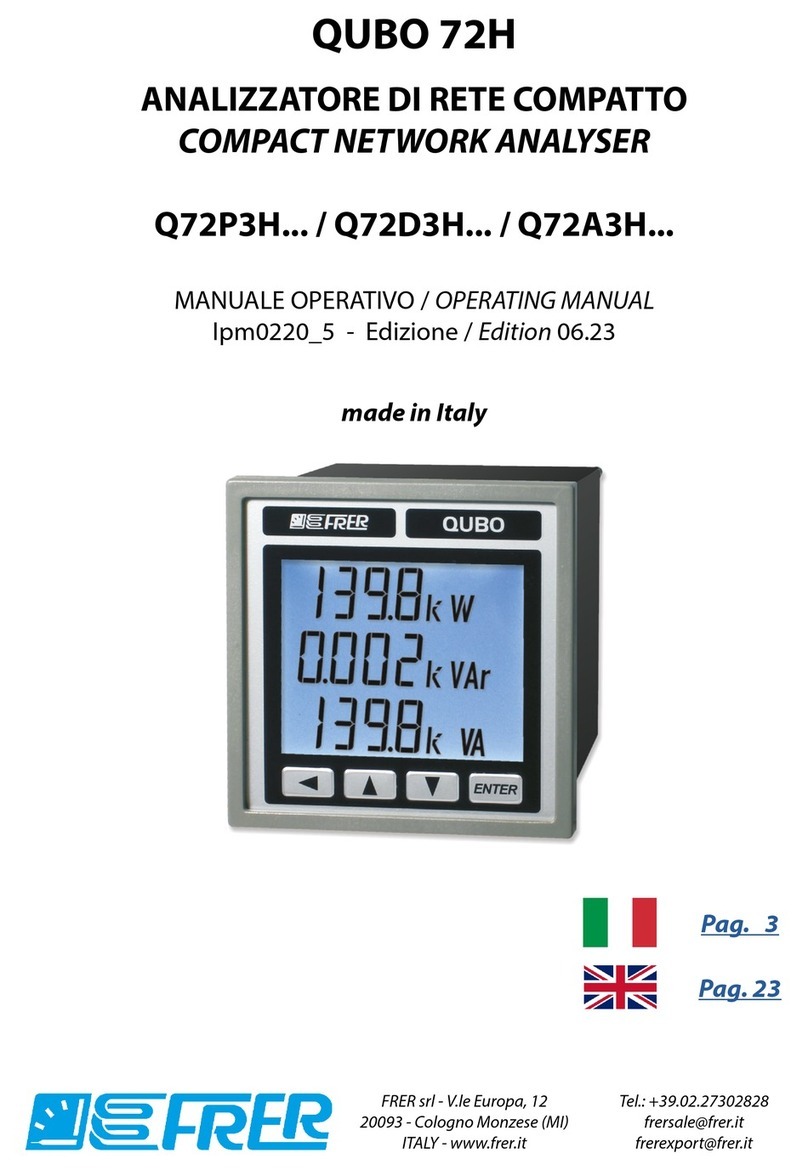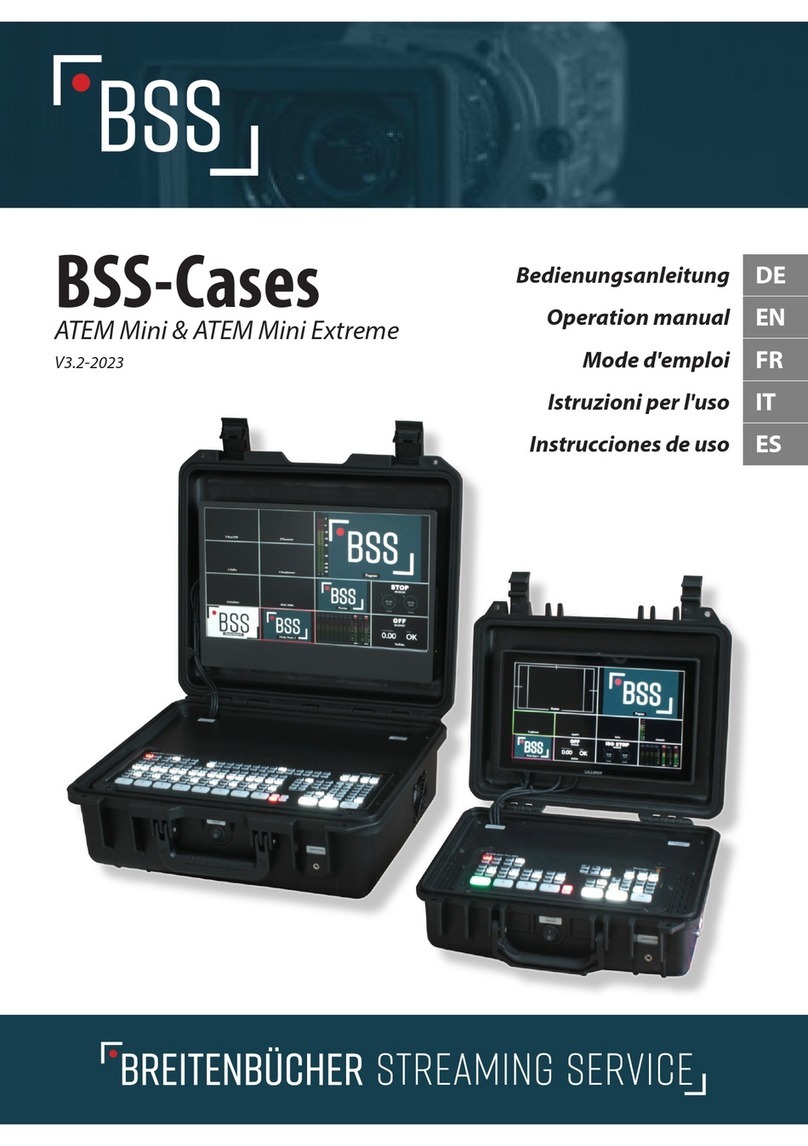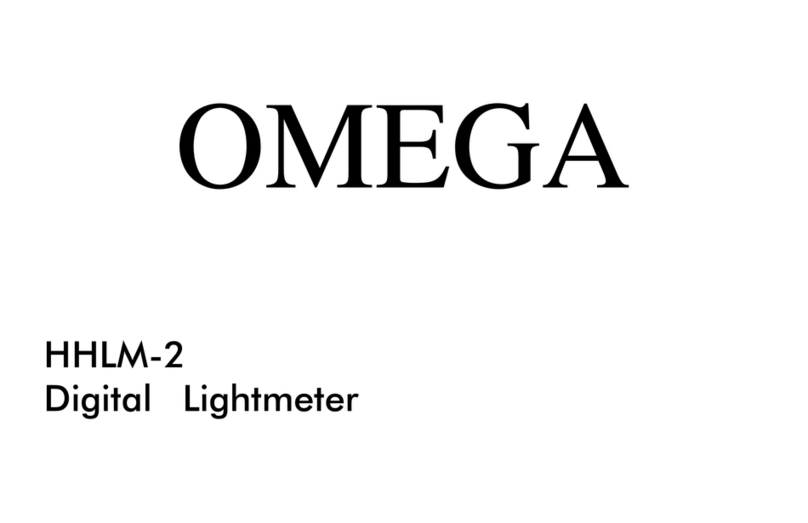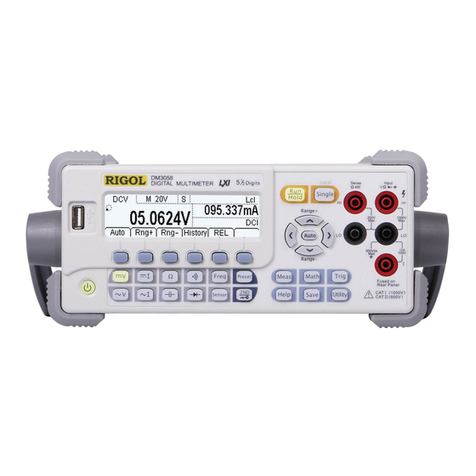1 Safety
MRU-20 meter is designed for measuring parameters important for safety of electrical installa-
tions. Therefore in order to provide conditions for correct operation and the correctness of the obta-
ined results, the following recommendations must be observed:
Before you proceed to operate the meter, acquaint yourself thoroughly with this manual and ob-
serve the safety regulations and specifications defined by the producer.
MRU-20 meter is designed to measure earth resistance and the resistance of protective conduc-
tors and equipotential bondings. Any application that differs from those specified in the present
manual may result in a damage to the device and constitute a source of danger for the user.
The meter must be operated solely by appropriately qualified personnel members holding re-
quired certificates for carrying measurements in electric installations. Unauthorized use of the me-
ter may result in its damage and may seriously endanger unauthorized user.
Using this manual does not exclude the need to comply with occupational health and safety regu-
lations and with other relevant fire regulations required during the performance of a particular type
of work. Before starting the work with the device in special environments, e.g. potentially fire-
risk/explosive environment, it is necessary to consult it with the person responsible for health and
safety.
It is unacceptable to operate the following:
a damaged meter which is completely or partially out of order,
a meter with damaged test leads insulation,
a meter stored for an excessive period of time in disadvantageous conditions (e.g. excessive
humidity).If the meter has been transferred from a cool to a warm environment of a high level
of relative humidity, do not carry out measurements until the meter is warmed up to the am-
bient temperature (approximately30 minutes).
Before commencing measurements, make sure the test leads are connected to the appropriate
measurement sockets.
Do not operate a meter with an open or incorrectly closed battery compartment or power it from
sources other than those specified in this manual.
The inputs of the meter are protected electronically against overload e.g. due to having been con-
nected to a live circuit:
- for all combinations of inputs - up to 276V for 30 seconds.
Repairs may be carried out only by an authorized service point.
The device meets the requirements of standards EN 61010-1 and EN 61557-1, -4, -5.




















